The Arab economy represents 5% of the global GDP, and Egypt and Saudi Arabia contribute half of the regional economy.. Qatar and the Emirates are at the top of the highest income, and Somalia and Syria are in the last places

- Europe and Arabs
- Tuesday , 4 March 2025 9:38 AM GMT
Beirut - New York: Europe and the Arabs
The United Nations Economic and Social Commission for Western Asia (ESCWA) said that the economy in the Arab region constitutes approximately 5 percent of the global gross domestic product, as the economies of Egypt and the Kingdom of Saudi Arabia are among the 20 largest economies in the world, and contribute 27% and 24% respectively to the regional economy. According to the United Nations Arab News Bulletin
The results of the analysis - conducted by the report - revealed that the average per capita income in the six Gulf Cooperation Council countries exceeded the global average, as Qatar came in as the richest country in the Arab region and fourth in the world, and the United Arab Emirates as the second richest country in the region and twelfth in the world, followed by Bahrain in twenty-sixth place in the world.
On the other hand, Somalia and the Syrian Arab Republic came in among the countries with the lowest per capita income in the world. The report found that the Lebanese economy fell from seventh place regionally in 2017 to fifteenth place in 2023.
In this context, ESCWA official and report author Majed Skeini explained that although Qatar ranked first as the richest Arab country, it came in only third place in terms of the material well-being of the population, which is measured by actual individual consumption.
He added: “The United Arab Emirates achieved the highest level of material well-being in the Arab region, ranking 24th globally, followed by Kuwait in 37th place and Qatar in 38th place.”
ESCWA said that while GDP per capita is often used to indicate the average standard of living in a country, actual individual consumption is a widely used measure to assess the average material well-being of people within an economy, especially in low-income economies.
Skeini said that PPPs are used to conduct comparative economic analyses to gain more information about industry competitiveness, investment opportunities, and government decisions on subsidies, taxes, and other financial instruments. “PPPs are also used in measures related to health, energy, education, and the environment,” he added. This report presents the latest results of the PPPs issued by ESCWA for the Arab region. The PPPs are the result of extensive collaborative work by the ESCWA Price Statistics Team, within the framework of the International Comparison Programme, one of the largest global statistical initiatives. To produce the PPPs, the team works closely with partner countries in the Arab region and collaborates with the Programme’s implementing agencies in other regions of the world. In addition to the PPP results, the report presents the main findings and provides a comprehensive comparative analysis of countries in the Arab region. A total of 176 countries, twenty of which are Arab, participated in the 2021 global round of the International Comparison Programme. The Arab region has become a pioneer in the International Comparison Programme: the ESCWA ICP Regional Office has successfully transformed the ICP into a full-fledged price statistics programme, producing estimates of purchasing power parities on an annual basis, more regularly than the usual three-year cycle of the ICP. The regular annual calculation of purchasing power parities and related key economic indicators provides a basis for sound and reliable spatial comparisons and economic analysis. The report presents purchasing power parities, price level indices, income levels, total expenditure and per capita expenditure in the Arab region for the period 2017-2023. For 2017 and 2021, the years for which global ICP data are available, the report presents the results for the Arab region in a global context. The report provides reliable information on the true size of the Arab economy relative to the true size of the world economy, and the true sizes of Arab economies relative to each other and to other economies around the world. It also provides an overview of major changes in spatial comparisons over time, and tracks key economic indicators over time. The main purpose of PPPs is to reflect the true purchasing power of currencies, which is often distorted by exchange rate conversions. The uses and benefits of PPPs are rapidly expanding to all areas of social and economic analysis. One of the main uses of PPPs is to provide true measures of the size of an economy, allowing comparison of economic indicators across countries. They are also used to calculate indicators that track progress towards nine of the Sustainable Development Goals. ESCWA is one of five regional commissions under the mandate of the United Nations Economic and Social Council. The Commission’s role is to promote the economic and social development of Western Asia through cooperation and integration at the regional and subregional levels. ESCWA includes 21 Arab countries: Jordan, United Arab Emirates, Bahrain, Tunisia, Algeria, Syrian Arab Republic, Djibouti, Sudan, Somalia, Iraq, Oman, State of Palestine, Qatar, Kuwait, Lebanon, Libya, Egypt, Morocco, Kingdom of Saudi Arabia, Mauritania, Yemen ESCWA was established in 1973. The headquarters is located in Beirut, Lebanon. The organization previously moved to Baghdad and Jordan. Then it returned to Beirut
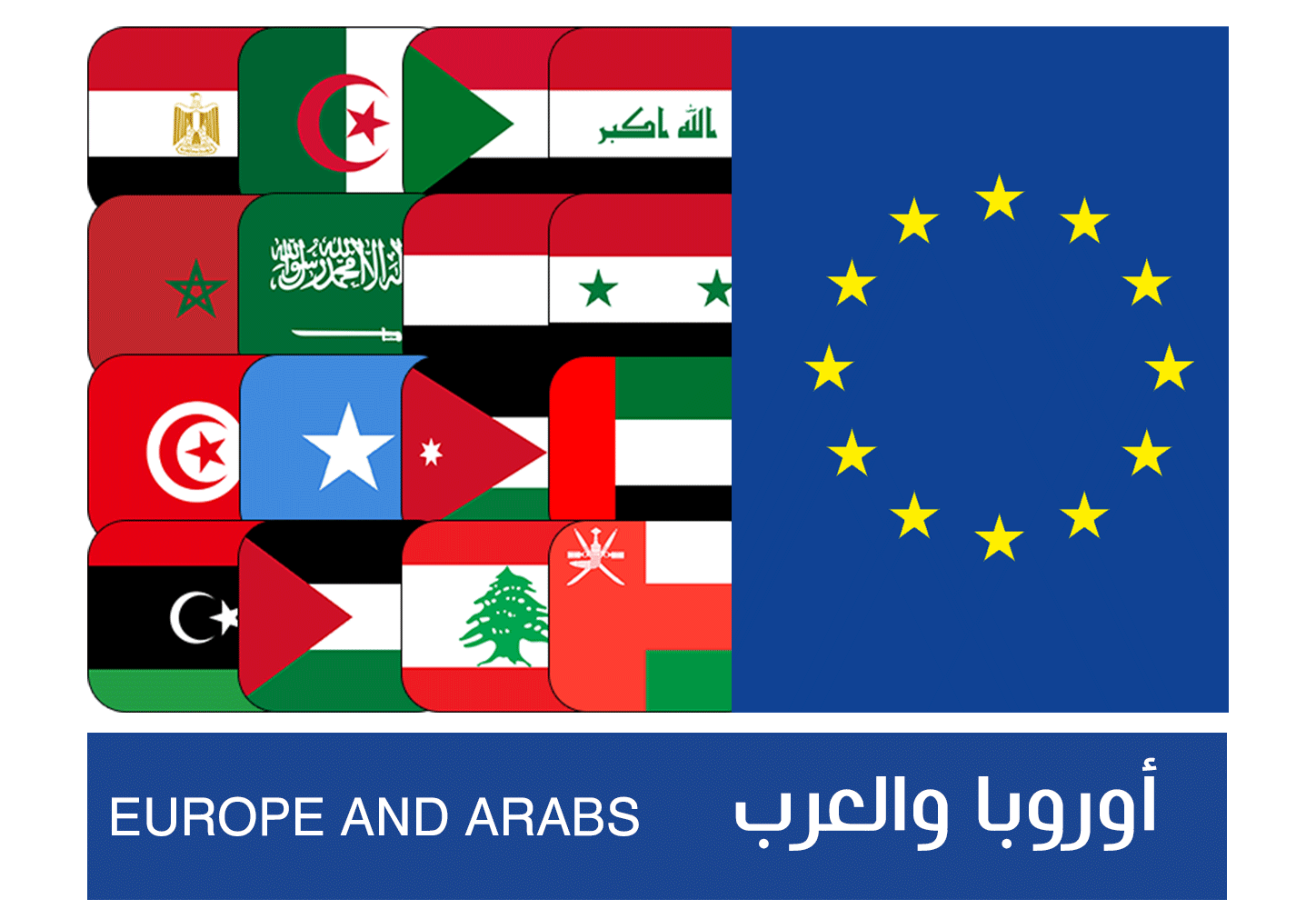



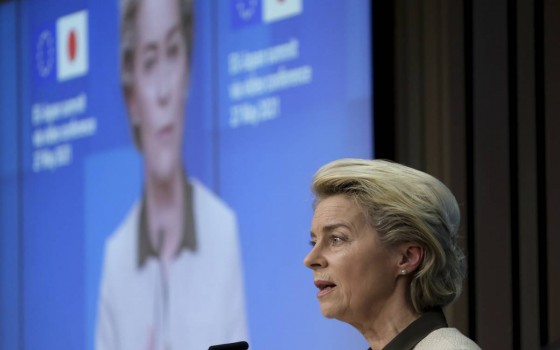
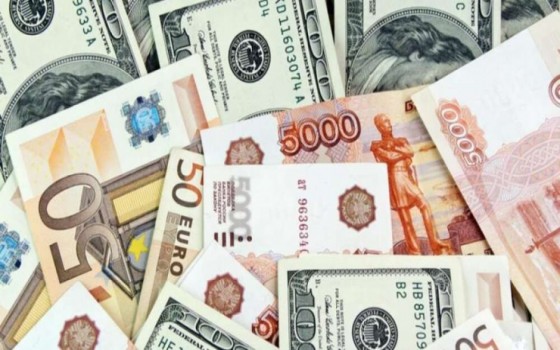
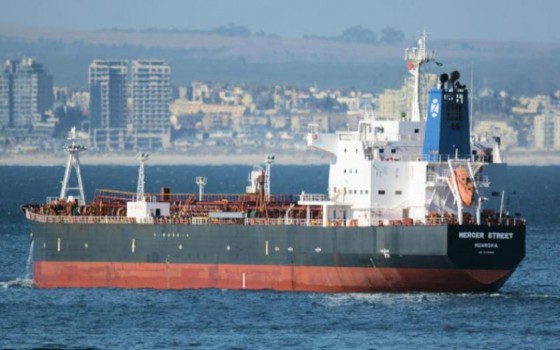
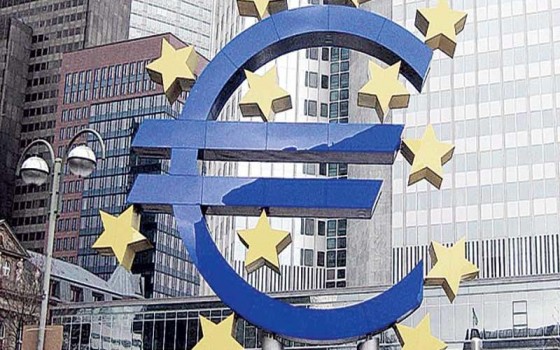

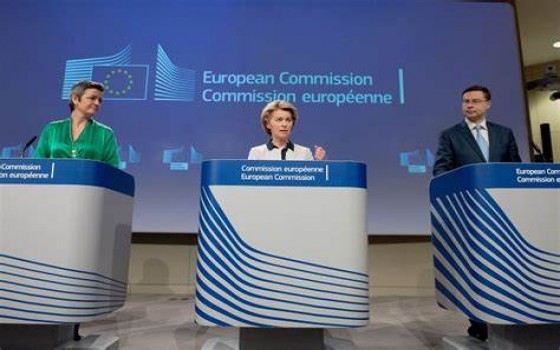
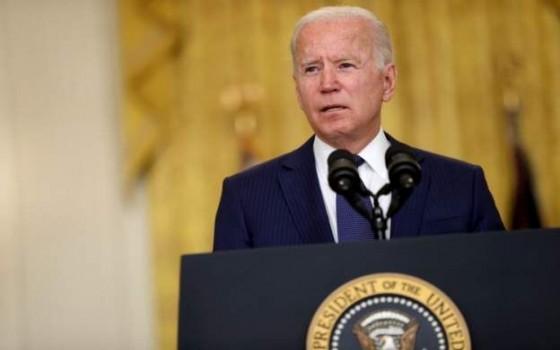
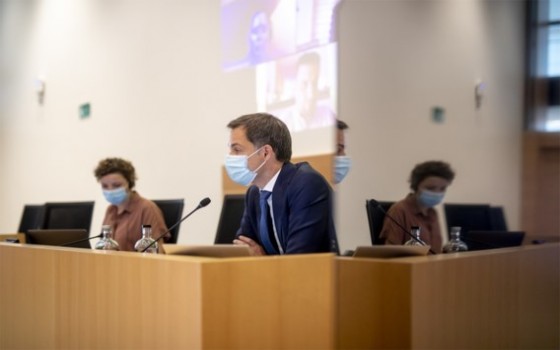
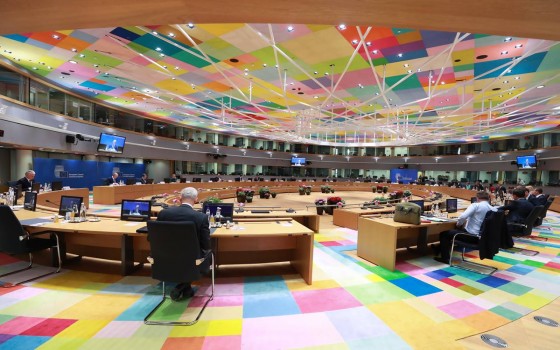

No Comments Found